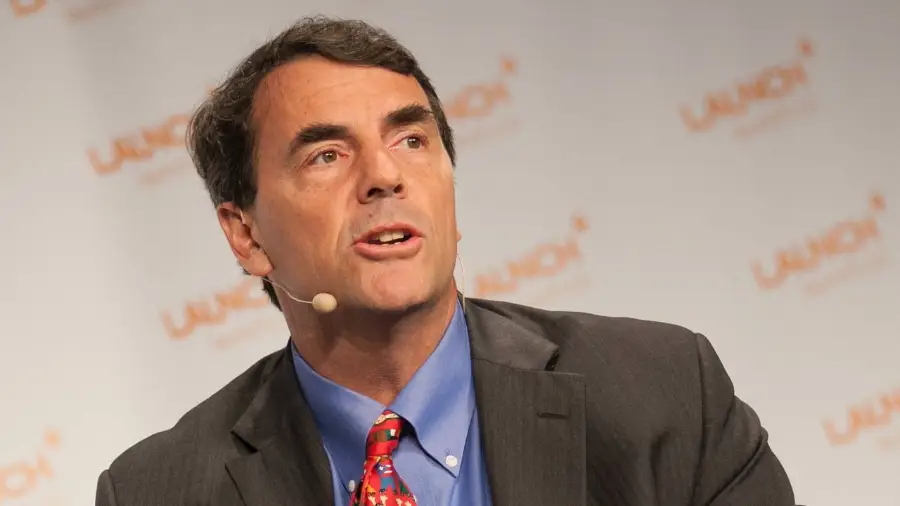Performance – editing: George D. Pavlopoulos
No company has benefited more from the change in the way people watch Netflix TV. However, the news that the streaming service lost 200,000 customers worldwide in the first quarter of 2022 and expects to lose 2 million in the second quarter, transformed Netflix into a market overnight almost overnight.
The company’s capitalization fell by $ 54 billion. Netflix says it will do everything it can to turn the game around, from cracking down on password sharing to creating a lower-priced ad service that it has avoided in the past.
But why were investors so surprised when many issues, such as competition, rising costs, saturation in large markets, were already known?
Initially, Netflix responded to the competition without major problems. Record growth in 2020, despite the creation of Disney +, HBO Max and Peacock. When its growth began to slow in the second half of that year, the company blamed Covid-19, which due to a lockdown had temporarily launched the figures.
So the growth of Netflix had slowed down for about a year and a half. There is, however, a big difference between deceleration and contraction. The company has never lost subscribers since 2011. Wall Street even expected Netflix to add nearly 5 million users in the first half of 2022.
Do consumers now have many alternatives? Clearly yes. The challenge for Netflix, however, is mainly that its competitors are also improving the quality of their program. Three years ago, Apple TV + did not exist. This year he won the Oscar for Best Picture.
Netflix also faces the technical challenge of helping subscribers discover the program they like. Many connect, can not decide what to watch and close it (and sometimes cancel their subscription).
Model
Has Netflix become expensive? The company blamed most US-Canada subscriber losses on price increases. Company executives report that usually lost subscribers recover. After all, Netflix had repeatedly raised prices in the past and continued to add customers.
The price increase is linked to the cost of the program, which will reach $ 18 billion this year. “valence” and continue to grow.
How much will these new subscriptions cost and how much advertising revenue can Netflix raise? If it drops the price too much, many of the existing subscribers may switch to the cheaper version. And if Netflix can not make up for the lower fees with enough advertising revenue, then there will be a problem.
But what about the approximately 100 million “tsampatzides” users through password sharing? Netflix could quickly reduce password sharing through “dark” websites. The issue becomes more complicated when it comes to sharing between family and friends. The company is currently testing a solution in Latin America, where subscribers are required to pay a “cap” on the price to provide access with the same code to another household.
Almost all of Netflix’s competitors have, on the other hand, adhered to a new episode-by-week or “lot” release model. Despite calls from journalists-analysts, Netflix insists on an “all in one” model. He believes that his clients prefer the flexibility to watch as many episodes as they want, whenever they choose.
The weekly releases of new episodes definitely help the platforms keep a subscriber dedicated to a story or a character for a longer period of time. Netflix’s most popular series tend to decline in popularity after just a few weeks. The company has already started releasing new seasons of some of its biggest hits, such as Casa de Papel, in two “lots” per cycle of episodes.
Plus and minus
Netflix’s international customer base, as well as its huge, “multinational” movie library, remain its biggest asset. Until recently, the Europe-Middle East-Africa region was Netflix’s fastest growing. Asia has since taken the crown – and was the only region to add customers in the last quarter.
Netflix has more customers outside the US than some of its competitors around the world. Growth in some of these areas, however, is slowing. The company not only lost customers in the US, but also in Latin America-Europe.
Disney +, which now has close to 130 million subscribers, is its biggest competitor in terms of subscribers. But he is not alone. In a letter to shareholders, Netflix said YouTube was now close to its total U.S. share of viewers, with Hulu, Amazon Prime Video and Disney + within shooting distance.
Competitors who do not need to make money solely from streaming are not particularly worried. Amazon-Apple has created streaming services to sell their other products and they do not expect to make a profit from this activity alone. After all, if you can get a streaming service as part of an Amazon Prime subscription or get Apple TV + for free with a new iPhone, why pay for Netflix?
Source: Bloomberg
I’m Ava Paul, an experienced news website author with a special focus on the entertainment section. Over the past five years, I have worked in various positions of media and communication at World Stock Market. My experience has given me extensive knowledge in writing, editing, researching and reporting on stories related to the entertainment industry.







